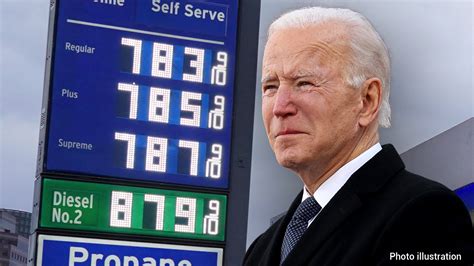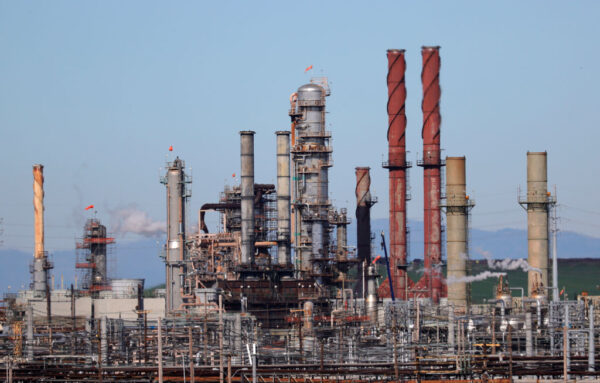
California Gas Prices Rise to New Records as Supply Shortages Persist
By Jill McLaughlin
Refinery shutdowns and production problems across California are causing a spike in the state’s gas prices—as much as 15 cents a day.
Californians were paying $6.29 on average, as of Sept. 30, for a gallon of gas—about 66 percent more than the national average of $3.80, according to the Automobile Club of Southern California.
Local wholesale gas prices are now 35 cents higher than their all-time record in June, when prices climbed to an average of $6.26 in Los Angeles, according to the auto club.
“This week saw the most significant gas price increases since they jumped 77 cents in one week in March,” said Doug Shupe, spokesman for the auto club, in a statement. “Until the state receives significant amounts of imported gasoline and local refineries are fully operational again, we will likely continue to see pump price increases.”

In the Los Angeles-Long Beach area, the average price reached $6.38, which was about 76 cents more than last week and $2.28 more than last year at the same time.
In Orange County, the average price reached $6.39, a 79-cent jump from last week and $2.01 from a year ago.
The skyrocketing cost is mostly caused by four refinery shutdowns in the state.
A Chevron refinery in Richmond, California, was the largest gasoline production facility in the state to close for unexpected repairs Sept. 11. The facility usually produces 245,000 barrels a day.

Other large plants were offline for scheduled maintenance, including Phillips 66. The company has shut down its 139,000-barrel-a-day refinery in Wilmington, in the Los Angeles area after a fire Sept. 16.
Additionally, Valero’s plant in Benicia, which produces 145,000 barrels each day, closed for maintenance.
“When one of these big plants goes down, that’s an issue, but when you’ve got four of them down, that’s a real problem,” Ed Hirs, an energy economics lecturer with the University of Houston, told The Epoch Times. “That means right now, the consumer in Los Angeles is competing with the consumer in Paris, or Berlin, or the North Sea, to buy that gallon of gasoline.”
California consumes 33.3 million gallons of gas a day, according to the U.S. Energy Information Administration, which normally can be satisfied by the state’s own production. But with four refineries down, more of the supply has to come from other states or countries at higher prices.

To meet the state’s growing demand, tankers are diverting fuel deliveries to California.
“Right now, they’re diverting a tanker that would ordinarily be taking gasoline to Europe because of the [U.S.] sanctions on Russian oil and fuel,” Hirs said.
The California refineries and gasoline markets are also not regulated, Hirs said. Everyone is raising prices to compete for fuel, and those costs are passed on to the consumer.
It’s hard to predict how long the refineries will be down, experts say.
Western States Petroleum Association, a trade organization for the industry, couldn’t discuss specific refinery operations and maintenance because of anti-trust laws, but told The Epoch Times companies were doing all they could to mitigate the situation.

“No one likes high fuel costs, it affects us all,” said Kara Greene, spokeswoman for the petroleum association. “Right now, we are experiencing the effects of a supply in California that is not keeping up with demand. Despite bans, mandates and other policies that can increase energy costs, our members are doing all they can to produce and refine more energy and fuels to keep up with demand.”
The first $1.28 of each gallon purchased by consumers in California goes directly to state-imposed taxes, fees, and regulatory programs. The policies are getting more restrictive and costly every year, according to Greene.

Comments (0)